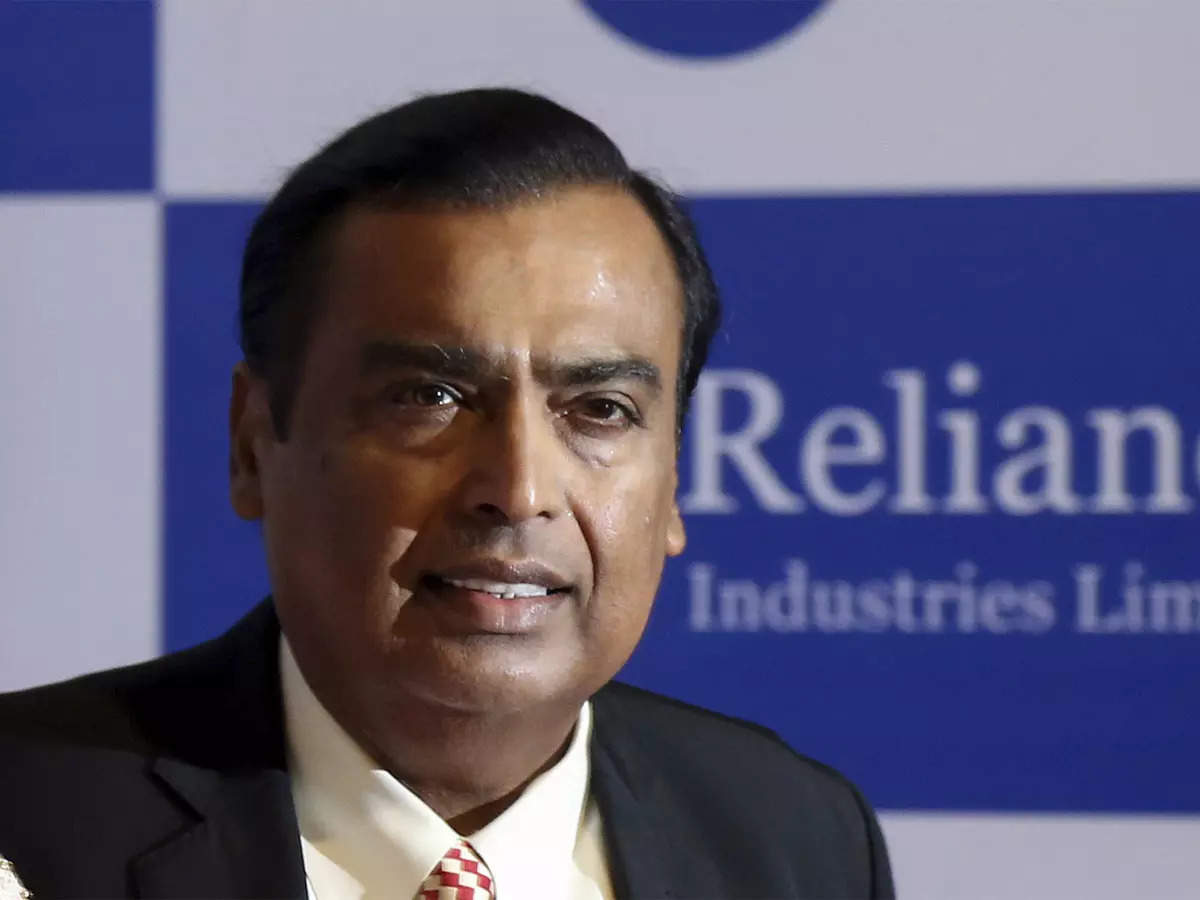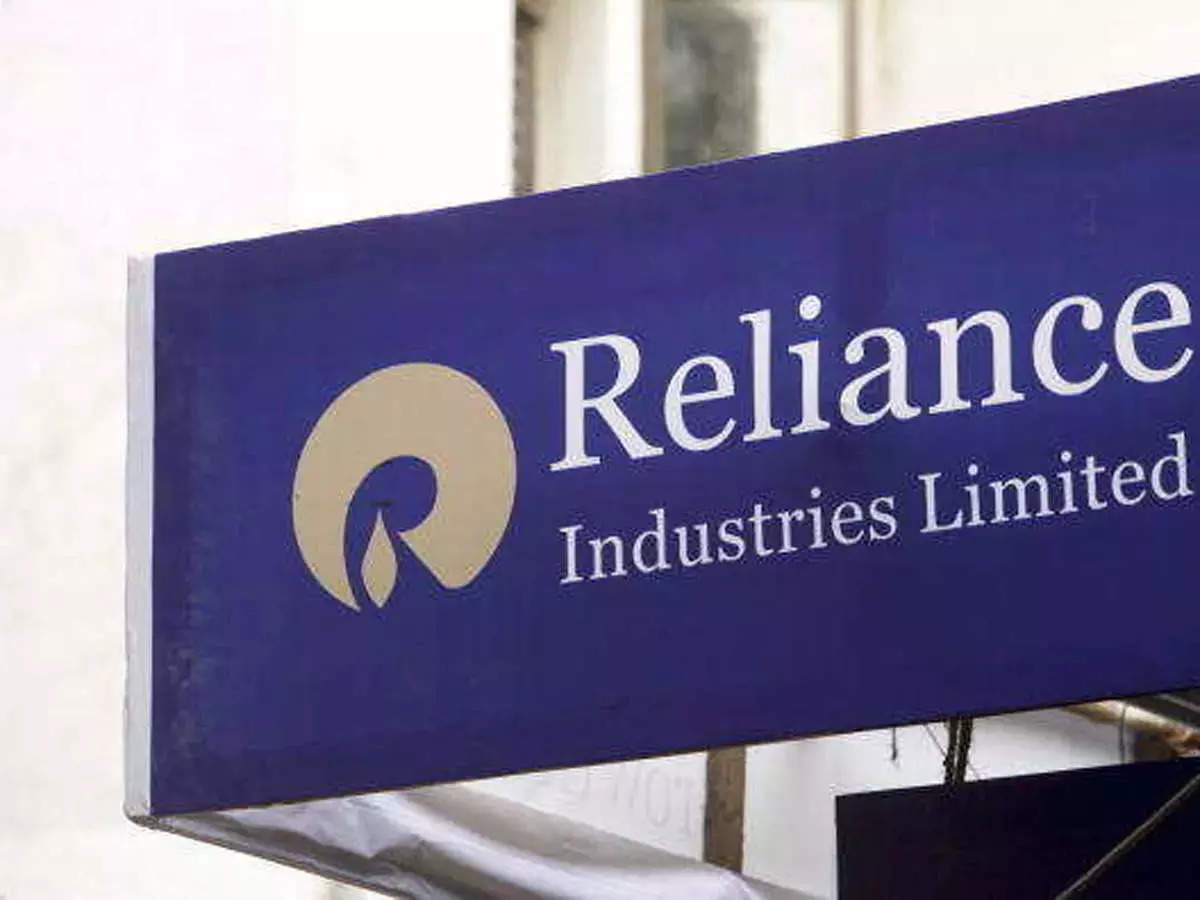Major Investments Are Being Planned By Reliance Industries In Australia’s Energy Sector.
A January 2023 report says Western Australia is an Outstanding Place for Renewable Hydrogen Investments" also noted that with current and future projects in consideration, WA could generate up to 100 GW of renewable energy for hydrogen before 2031 and possibly double that figure by 2040.

Mukesh Ambani’s Reliance Industries is reportedly planning major investments in Australia, according to sources familiar with the matter. They have disclosed that the business has recruited specialists to look into the viability of the project and is considering the idea of creating a green hydrogen/ammonia factory in Western Australia.
Australia has been making a case to the global community that their land, especially in Western Australia, is an ideal spot for green hydrogen and green ammonia projects due to its abundance of space and low-cost renewable energy. By 2030, Western Australia wants to produce green hydrogen for $2 per kilogram.
Lalit Dogra, the Director of the Hydrogen and New Energies Division of the Government of Western Australia, declared that Australia is making incredible progress towards its goal by 2030. There are reportedly more than 30 hydrogen projects in different stages of preparation, including H2Perth Hydrogen, the Western Australian Energy Hub, and the Asian Renewable Energy Hub in the Pilbara area.
According to a report published in January 2023, Western Australia is “an Outstanding Place for Renewable Hydrogen Investments.” The report also stated that, taking both ongoing and planned projects into account, WA could produce up to 100 GW of renewable energy for hydrogen before the year 2031 and perhaps twice that amount by the year 2040.
There’s a lot of talk about green hydrogen in Australia, and businesses from all industries are looking at opportunities to get involved. For example, Fortes Cue Future Industries (which is part of one of the world’s top iron ore miners) is constructing a 2 GW electrolyzer plant in Queensland. Plus, they’ve just signed a Memorandum of Understanding (MoU) with Thermax to explore the hydrogen sector in India.
Reliance is looking to get involved in the growing Australian ecosystem. People familiar with the matter have said that Reliance’s intentions are “enormous,” although it is still too early in the projects to exact a dollar figure. Other Indian energy companies like ReNew Power and ACME are also making their presence felt in the country.
A green energy project in Australia
Reliance Industries, the largest listed company in India, covers a range of businesses, including petroleum exploration and production, petrochemical manufacture, and retail and online services, which are all examples of this.
Reliance Industries has reportedly taken great interest in Forte Metals Group’s green hydrogen plans. Andrew Forrest’s group is aiming to produce 15 million metric tons of renewable energy-made hydrogen by the year 2030. Should Reliance Industries decide to proceed with its plan, it would become a direct rival.
According to one knowledgeable insider who described it as a “high-level” strategy, Reliance dispatched officials to Australia to study prospective opportunities, expecting that the costs of producing carbon-free gasoline will dramatically reduce in the coming years. According to a second person close to Reliance, there was no internal consensus to follow the proposal.
According to Gagan Sidhu, head of the Centre for Energy Finance at New Delhi think tank CEEW, such an offshore shift would be consistent with the scope of Reliance’s objectives. About the Reliance New Energy business, which includes hydrogen and green electricity, Chairman Mukesh Ambani spoke about overseas markets during the firm’s annual general meeting a few weeks ago. I am unable to comment on internal corporate plans at this time.
Green hydrogen will be essential for the industrial revolution, and we anticipate export markets will take the lead since they make low-cost dollar financing possible, according to Mr Sidhu.
According to estimates, India may require $US10 trillion ($14.8 trillion) in investments to achieve its net-zero targets by 2070, or $US200 billion annually over 50 years. This would create enormous potential for businesses like Reliance. As it ramps up its involvement in the industrial, transport, and electricity transformations required to convert India to a low-carbon economy, Reliance has already employed 2500 scientists, engineers, and experts and stated it will add 10 times that number in the coming years.
Reliance stated that it was evaluating novel technologies, including electrolyzers, which divide water into oxygen and hydrogen using electricity. It is thought that in Australia, this hydrogen production process would be powered by solar energy.
The proposal would be in line with the global effort to support supply networks, energy sources, and the production of vital minerals, among other important allies. At a discourse between the government, business, and academia in New Delhi, these issues of investment and development potential were important discussion topics.
Renowned scientist Ramesh Mashelkar, chancellor of the Jio Institute, supported by Reliance Industries, was among the attendees at the Australia-India Leadership Dialogue. The event was co-chaired by Lisa Singh, CEO of the Australia-India Institute, and Mike Cannon-Brookes, co-founder of Atlassian and supporter of the Sun Cable solar power venture.
The topics of renewable energy, India’s interest in importing essential minerals from Australia, and how to use Indian experience in sophisticated manufacturing and solar panel production were all covered in the exclusive conference. The AILD aimed to strengthen what one official in attendance called the two countries’ relationship’s “amazing vigour.”
Growing concerns about the stability, economy, and security of the region have played a significant role in the developing convergence, according to India’s minister of external affairs, Jaishankar, who told participants and observers that the two countries’ relationship “had changed gears and gone into a higher orbit.” Stronger leadership has emphasised the benefits of more coordination and collaboration, even if the two countries have historically interacted.
As the two countries work to transition to low-carbon energy production and fuel, there is fantastic technology growing in low-carbon energy production and fuel, and experts see great opportunities for collaboration between Australia and India. We’re talking about electrolyzers and the whole vertical integration that India would need to attain energy independence.
Reliance said in January that it had reached a deal with the Gujarat state government to invest 5.9 trillion rupees ($109 billion) on environmentally friendly initiatives. One of the eight international renewable energy specialists Mr Ambani chose for the New Energy Council, which is guiding the conglomerate’s drive towards renewable energy, is the former top scientist of Australia, Alan Finkel.
Last month, Mr Ambani informed the company’s shareholders that Reliance was already among the world’s top producers of grey hydrogen, which is created from fossil fuels. “By 2025, we hope to prove our cost and performance objectives and gradually start the shift from grey hydrogen to green hydrogen.
The multi-billionaire supports Prime Minister Narendra Modi’s initiative to turn India, which depends heavily on coal, into a superpower in the green energy sector with renewable energy exports worth $US500 billion over the next 20 years.
We were well-known for India’s rise to powerhouse status in the IT sector during the past 20 years. “We will become a superpower in the energy and life sciences over the next 20 years, in my opinion, along with technology,” Mr Ambani said earlier this year.
As of last November, India had 392 GW of installed electrical capacity, including 150 GW of installed renewable energy capacity. By 2030, the nation aspires to have 500 GW of built-in renewable energy capacity, and by 2070, it hopes to have zero net carbon emissions.
India’s Green Hydrogen Mission: Several firms have pledged to make the switch.
ADANI GROUP
Adani New Industries Ltd. (ANIL) stated on June 14, 2022, that it has collaborated with France’s Total Energies SE to invest $50 billion in India over the next ten years to manufacture green hydrogen and establish an ecosystem around it. ANIL’s primary goal is to achieve a green hydrogen production capability of 1 million metric tonnes per year by 2030.
ANIL signed a development and licensing agreement with Cavendish Renewable Technology (CRT), a Melbourne-based hydrogen technology firm, for the mass-scale development of alkaline electrolyzes polymer exchange membranes (PEMs), anion exchange membranes (AEMs), and CRT’s innovative “C-Cell” technology.
RELIANCE INDUSTRIES LTD (RIL)
Reliance Industries chairman Mukesh Ambani stated the company’s goal to switch from producing grey hydrogen to green hydrogen by 2025 on August 29, 2022. By the end of this decade, the business wants to bring the price of producing green hydrogen down to less than $1/kg.
Sources claim that RIL is in advanced discussions over the development and supply chain of hydrogen-powered engines with Hinduja-owned truck and bus manufacturer Ashok Leyland. Ambani announced his intentions to invest $75 billion in sustainable energy projects over the next 15 years last year.
Indian Oil Corporation Ltd. (IOCL)
As part of a decarbonization effort, IOCL aims to replace at least a tenth of the present fossil fuel-based hydrogen at its refineries with green hydrogen. The corporation will also establish a subsidiary this year to house its green energy companies. According to the PSU’s 2022 annual report, the firm is attempting to manufacture green hydrogen, producing 10% of the hydrogen it now produces as green hydrogen by 2029–2030.
Bharat Petroleum Corporation Ltd. (BPCL)
A green hydrogen generation facility employing a 5 MW electrolyzer system will be gradually built up by BPCL as part of one of its city gas distribution projects. In June 2022, it asked for bids for the same. to look into the possibility of creating, among other things, a green hydrogen and renewable energy plant for both domestic and international customers.
LARSEN & TOUBRO LTD (L&T)
At its AM Naik Heavy Engineering Complex in Hazira, Gujarat, engineering giant L&T constructed a green hydrogen plant in August 2022. The facility produces 45 kg of green hydrogen per day, all of which are used within the corporation’s Hazira industrial complex. In addition, the business has struck a deal with the Indian Institute of Technology (IIT) Bombay to collaborate on research and development in the green hydrogen value chain.
L&T inked an agreement in January 2022 to establish a facility in India with Norway-based electrolyzer technology and manufacturer Hydrogen-Pro AS. According to the agreement, L&T and Hydrogen-Pro will collaborate to establish a gigawatt-scale production plant for alkaline water electrolyzers based on Hydrogen-Pro technology.
edited and proofread by nikita sharma




